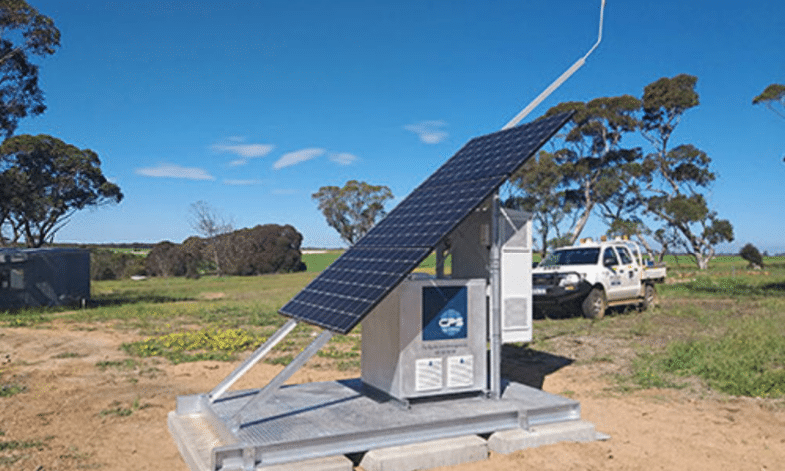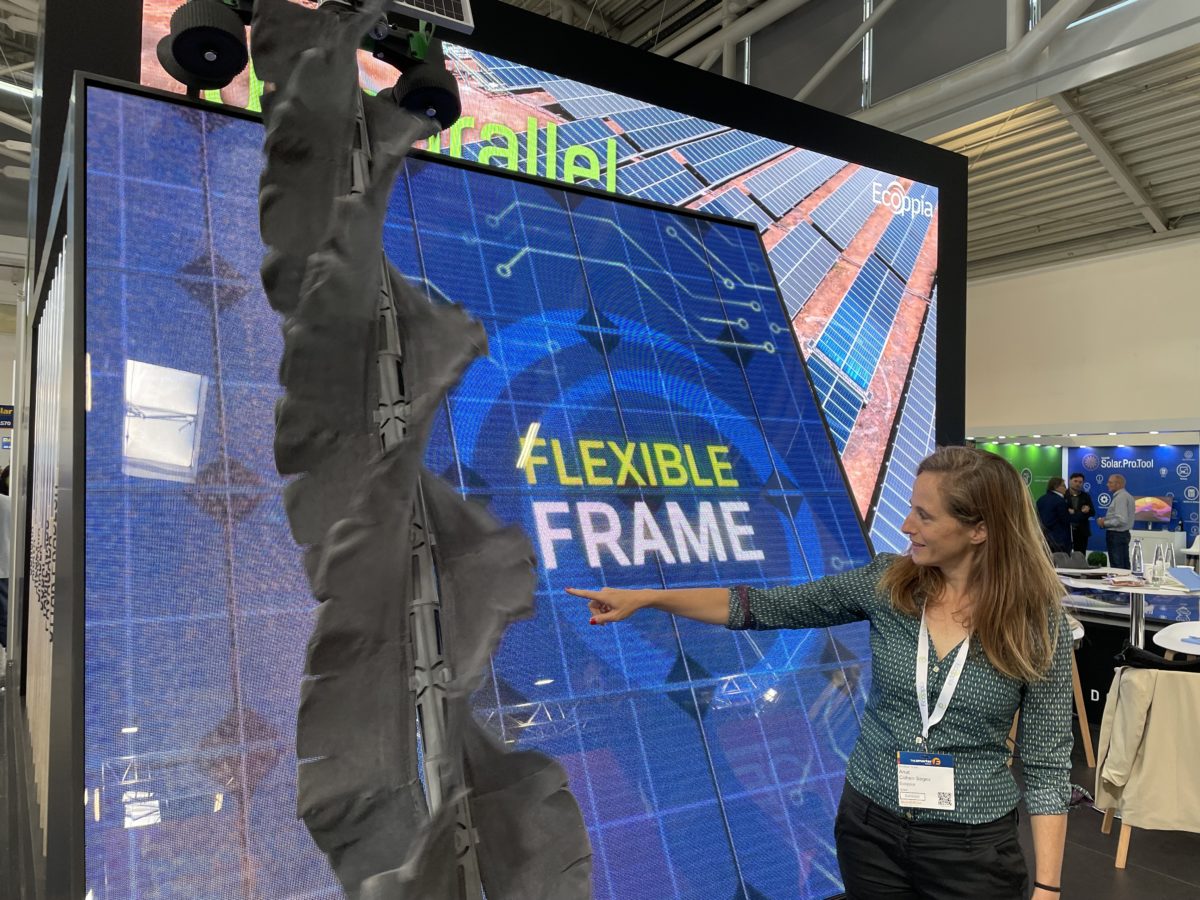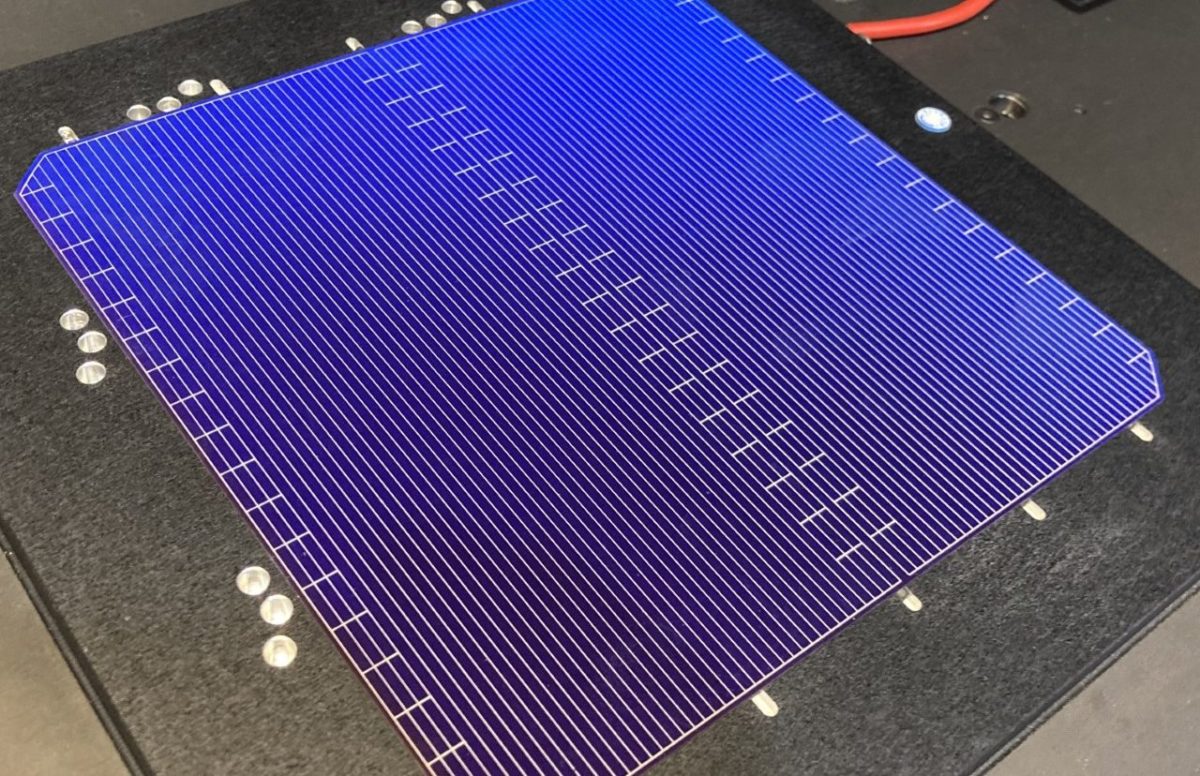https://www.pv-magazine-australia.com/2022/05/24/standalone-power-system-to-be-allowed-in-the-nem-from-august/

Boundary Power's Nano Cube standalone power system
Boundary Power
From August 1, distribution network service providers (DNSPs) will be able to connect customers to standalone power systems, which typically include solar panels, a battery and a backup diesel generator. Those connections will be allowed in instances where it may be cheaper, safer and more reliable than connection to the grid.
Western Australia, which is not part of Australia’s main national electricity market (NEM), has already found quite literally thousands of instances where this is the case. Its rollout of standalone systems has established them as capable of improving reliability and reducing both maintenance costs for networks and emissions for regional and rural customers.

Image: Horizon Power
Yet, until now, network providers have not been able to offer standalone solutions to their existing eastern customers because of bureaucracy.
The Australian Energy Regulator is now changing that. Last week, it opened the consultation period for six documents relating to the National Electricity Amendment (Regulated stand-alone power systems) Rule 2022 (Amending Rule).
The documents, it said, are guidelines for distributors to deliver outcomes that are in the best interest of electricity customers. The affected guidelines are:
- Regulatory Investment Test for Distribution
- Connection Charge
- Distribution Service Classification
- Distribution Reliability Measures
- Regulatory Investment Test for Distribution
- Expenditure Forecast Assessment
The changes will ultimately allow networks to connect customers to standalone systems, which will then become known as ‘regulated SAPS.’
“Customers connected to regulated SAPS will not be disadvantaged,” the Regulator said in its update on the changes. “They will receive an equivalent level of consumer protections and will pay for their electricity in the same way as grid customers. Both SAPS and grid customers can benefit from lower charges and improved system resilience,” it added in its explanatory statement.
This content is protected by copyright and may not be reused. If you want to cooperate with us and would like to reuse some of our content, please contact: editors@pv-magazine.com.
<




